A Simple Guide To Spring Hatches & Trout Flies You’ll Need
Fly fishing in the spring is arguably one of the best seasons for trout fishing. There is an abundance of hatches with one occurring each day no matter the weather. Some hatches can start as early as March and go long into June. Below we’ve listed the top hatches to look for and what flies are commonly used to imitate those hatches.
Hatches across the United States from March – End of May
Eastern & Mid-Western Hatches
- Midge (Size 16-26)
- Sulphurs (Size 12-16)
- Blue Winged Olives (Size 18-22)
- Quill Gordon (Size 12-14)
- Hendrickson (Size 14-16)
- March Brown (Size 10-12)
- Little Black Stoneflies (Size 12-18)
- Green Drake (Size 8-10)
- Light Cahill (Size 14-16)
Western Hatches
- Blue Winged Olives (Size 18-22)
- Salmon Fly | Stonefly (Size 4-8)
- Caddis (Size 12-18)
- March Brown (Size 12-14)
- Midge (Size 16-26)
- Green Drake (Size 10-12)
Mayfly Species
Mayflies are the most recognized insect hatches within the fly fishing community. They are easily distinguishable with their sail-like wings, which hatch in moving and stillwater. While mayflies all have the same shape, each species has its own size and color.
Mayflies have 3 primary stages to their life cycle: nymphs, duns, spinners.
Below we have specified major mayfly hatches that are common across the United States during the spring.
Blue Winged Olives (BWO’s)
This is the marquee mayfly hatch of the spring, and it dominates the trout’s attention for the better part of two months. It isn’t really until the sulphurs get rolling that the BWO gets pushed aside, which makes it a very worthy addition to this list. The prevalence of this hatch is also noteworthy. BWO’s can be counted on from the Northeast to the Rockies, and many dry fly anglers find their first action of the season casting parachute BWO’s to rising trout in the early spring months.
Dry Flies & Emergers
March Brown / Hendrickson / Quill Gordon
Hendricksons, aka Quill Gordon or Red Quill, are 3-tailed mayflies that can be seen hatching as early as the beginning of April and go until mid-May. To much of the United States, Hendricksons will be the first significant Mayfly hatch of the season. Hendrickson mayflies emerge in faster water and float for quite a while until their wings dry enough for flight. A simple Adams or Adams Parachute is enough to get by for Hendricksons.
March Browns are larger mayflies can be seen hatching as early as February and go through early April. They are most notable in Pennsylvania on the famous Penns Creek and the surrounding areas. You’ll start to see March Brown mayflies hatch when water temperatures start to reach 42 degrees Fahrenheit for several consecutive days. A size #12 and #14 Adams or Adams Parachute is enough to get by for imitating March Browns.
Dry Flies & Emergers
Nymphs & Wet Flies
Sulphur Mayflies
Sulphur mayflies are a common spring mayfly hatch along the east coast and New England states that typically take place from May and into late June. Notorious for dense hatches during the afternoon and into the evenings, these are one spring hatch you don’t want to miss. The sulphur mayflies can be found in may colors from a light yellow to a dark mustard color.
Dry Flies & Emergers
Nymphs & Wet Flies
Caddis Flies
Caddis are an extremely important food source for trout due to its terms of numbers that hatch. They come in a wide range of sizes and colors, but they all have the same tent-shape.
As one of the most widespread insects to inhabit trout streams, it’s clear that anglers should constantly be ready with several different caddis patterns. The Mother’s Day caddis (Grannom’s) hatch garners the most notoriety, but these bugs will start popping up in late March and continue through April, gaining steam as the month continues. Caddis are a big-time hatch in many parts of the country which means from March through May if you see trout feeding and bugs coming off, there’s a good chance caddis are the flavor of the day!
Caddis have a
Dry Flies & Spent Caddis
Nymphs & Wet Flies
Stoneflies
Stoneflies are slender flying insects that trout take selectively during the spring through summer.
Stoneflies are found in two primary stages: nymph and adults. Trout feed on them throughout the year but only selectively once stonefly nymphs migrate for emergence. During this emergence, stonefly nymphs gather under rocks along the shoreline and, eventually, crawl up through the waterline and emerge into adults.
Adults stay close along the edges for mating and, often, fall in and get eaten by trout. Females carry egg sacks at the end of their abdomen and deposit them over open water.
Dry Flies
Nymphs & Wet Flies
Midges
Midges are tiny little flying insects, and are among the most important trout food form in almost every body of water (streams, rivers, lakes and ponds).
Midges hatch year-round, but are critical in the late winter through spring and again in the fall through winter.
They are found in two primary stages: pupae and adults. Midge pupae are the most important stage of the insect and are eaten constantly by trout. Midge adult
Dry Flies
Nymph & Wet Flies
Fly Fishing Made Easy 👍
Our Quarterly Fly Club ships 1,000’s of flies to anglers all across the United States. Receive curated fly assortments selected for the season with in-depth articles on how to fish them. Great for beginners to learn and for intermediates to discover new flies.

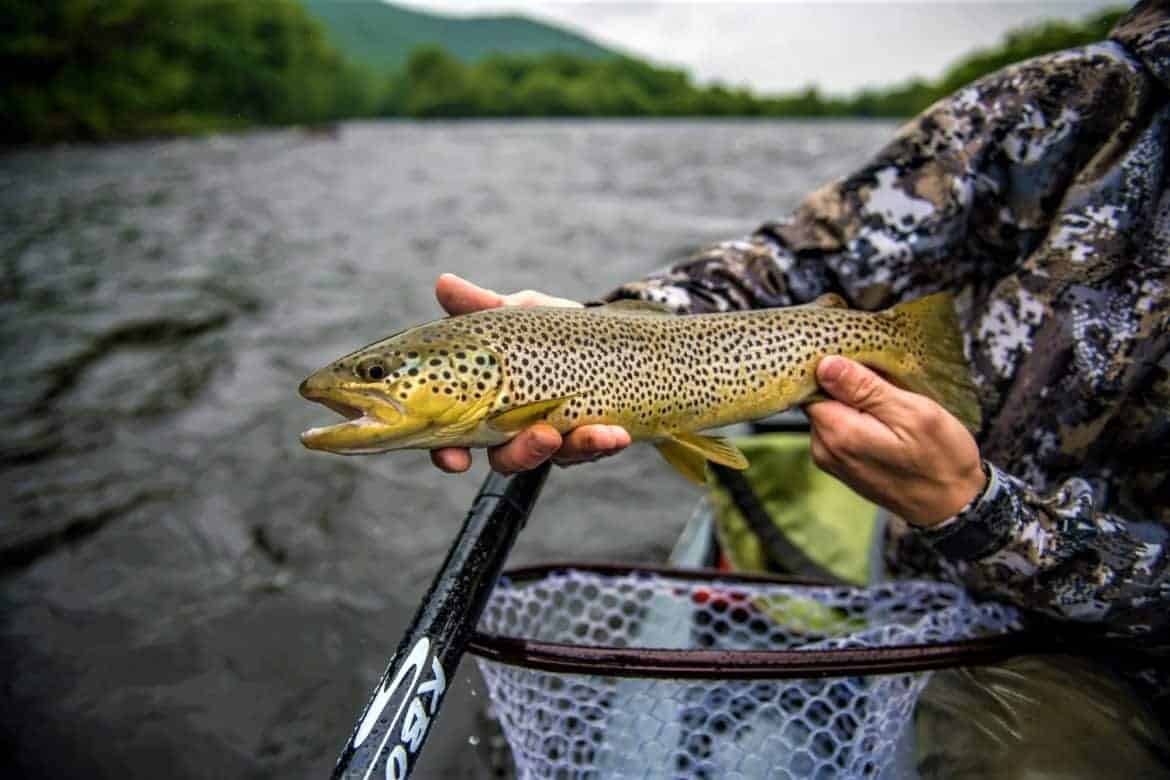
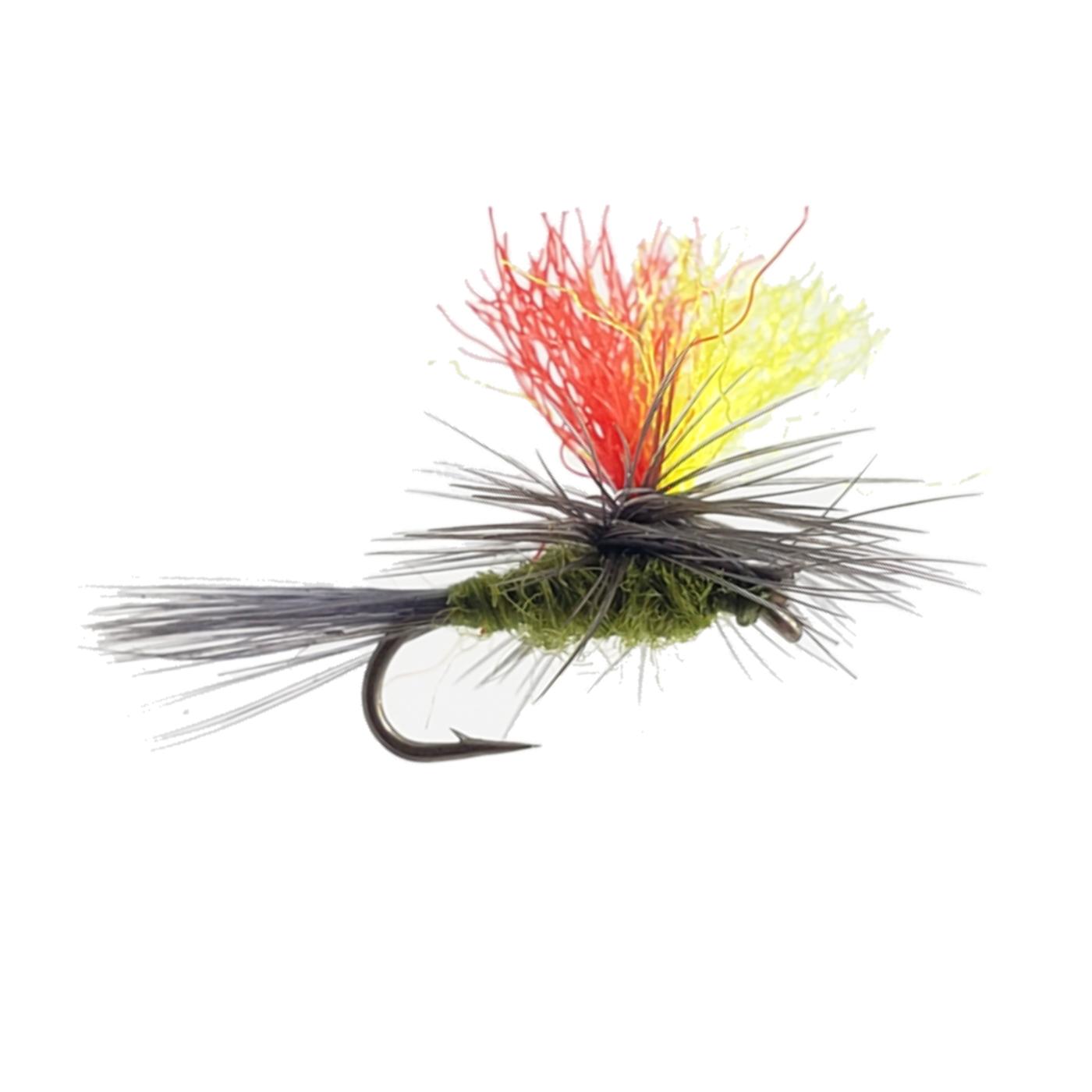



















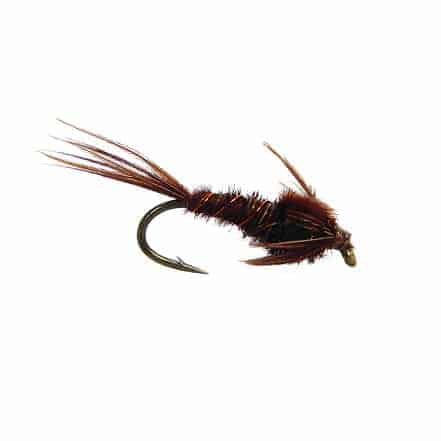
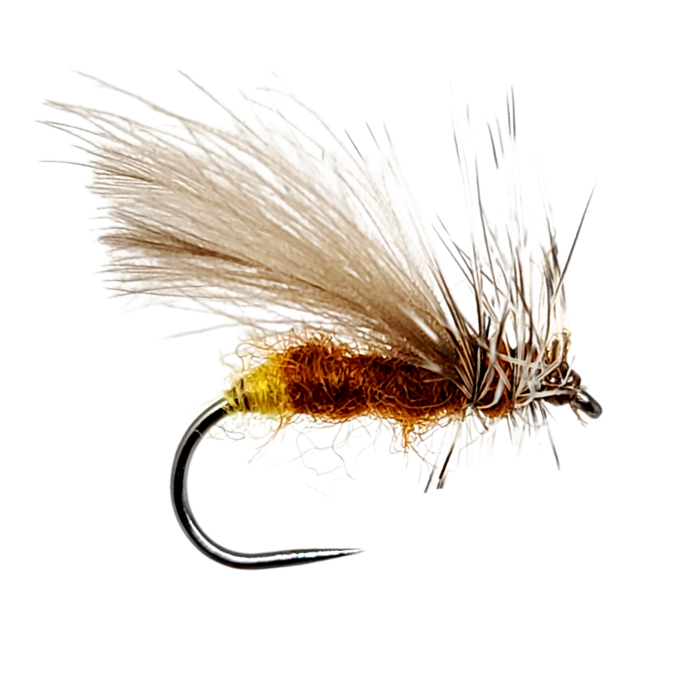


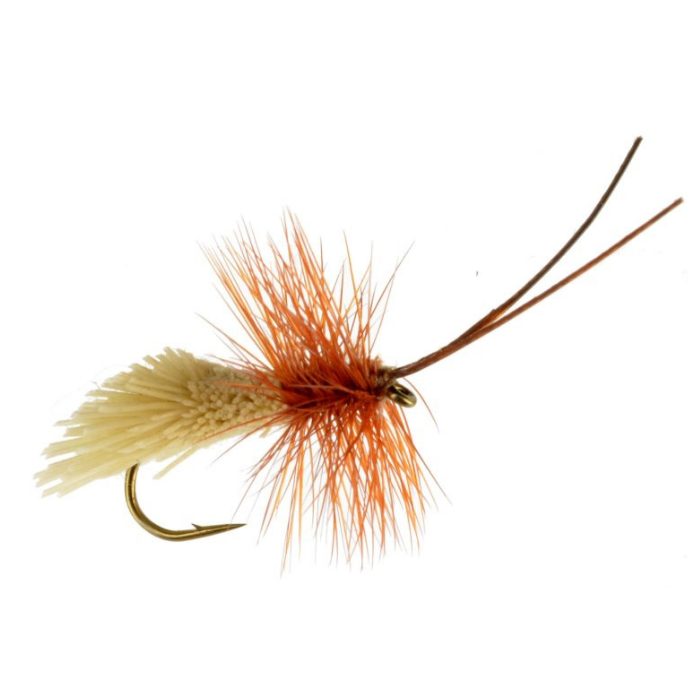

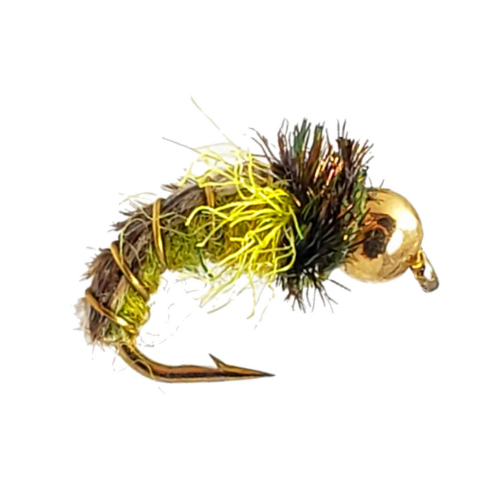





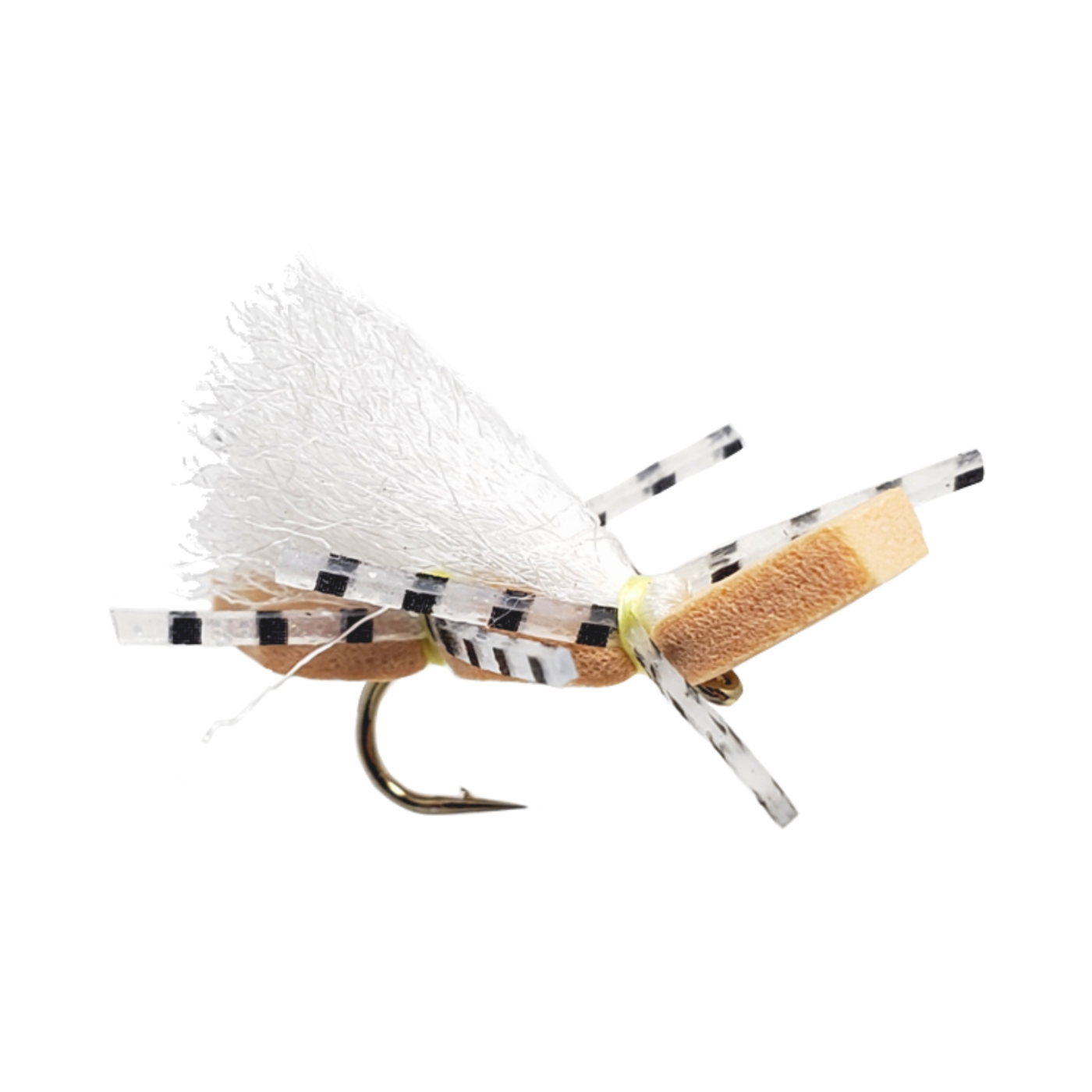
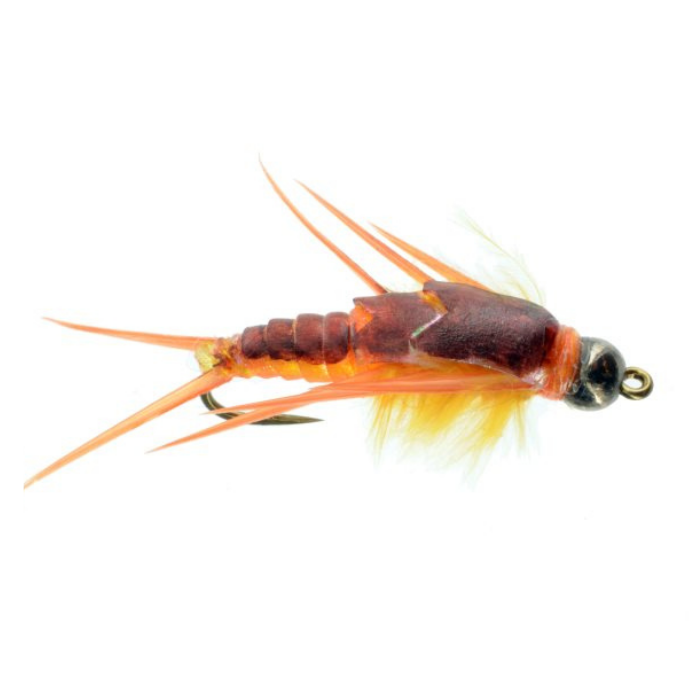


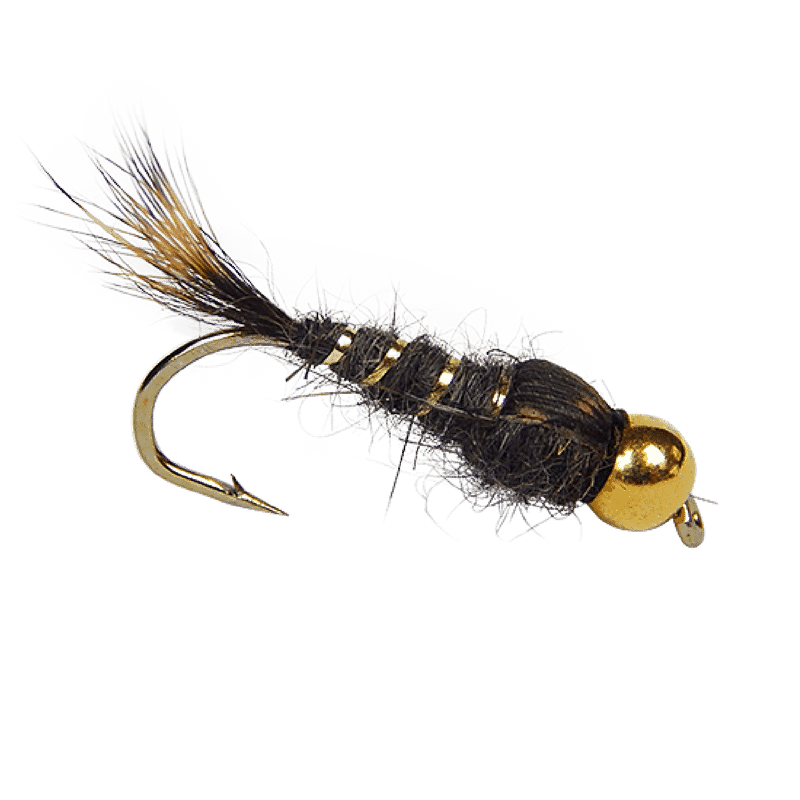


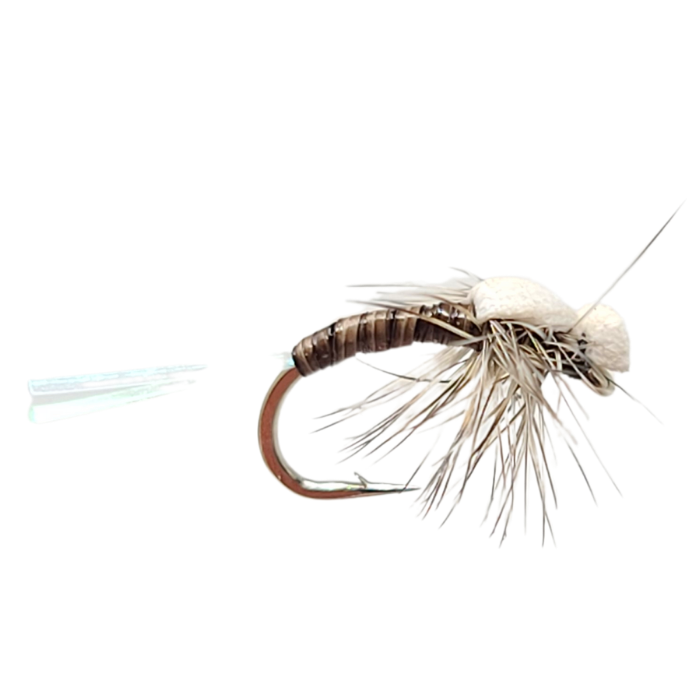

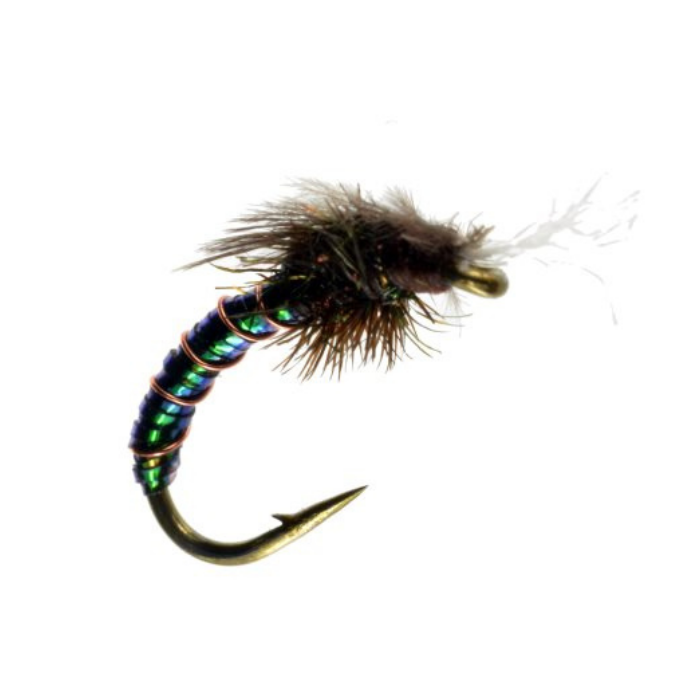




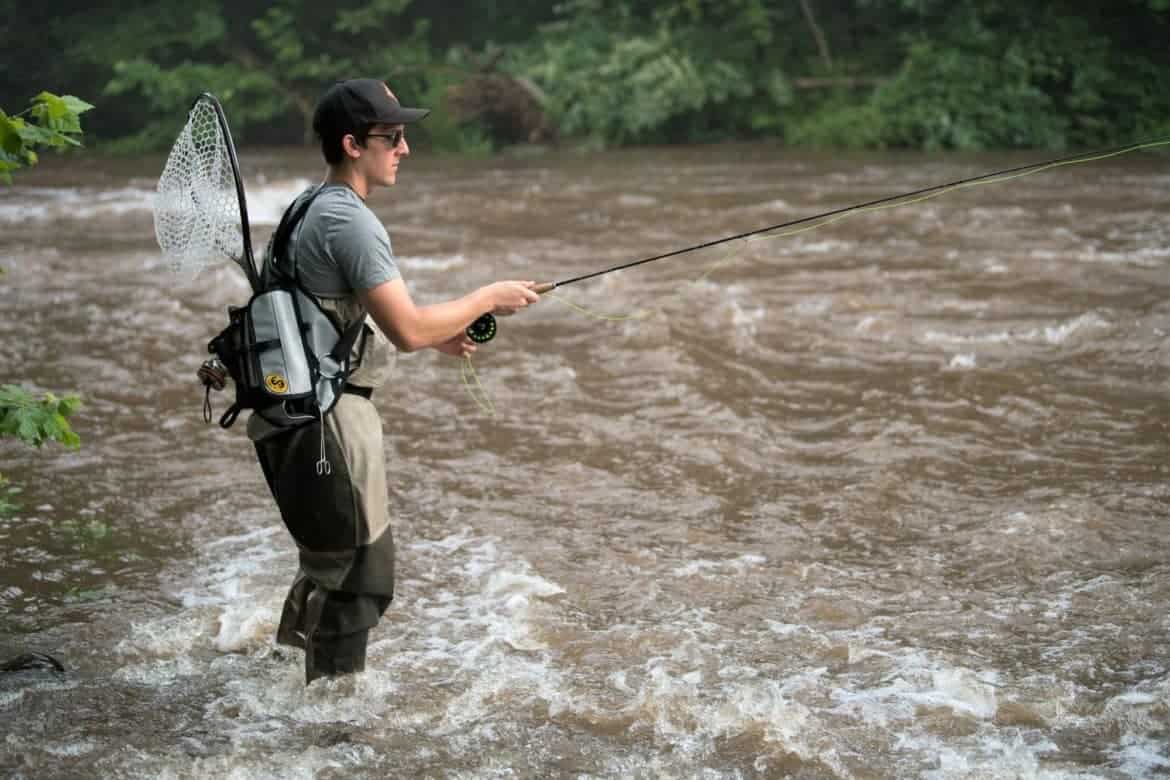

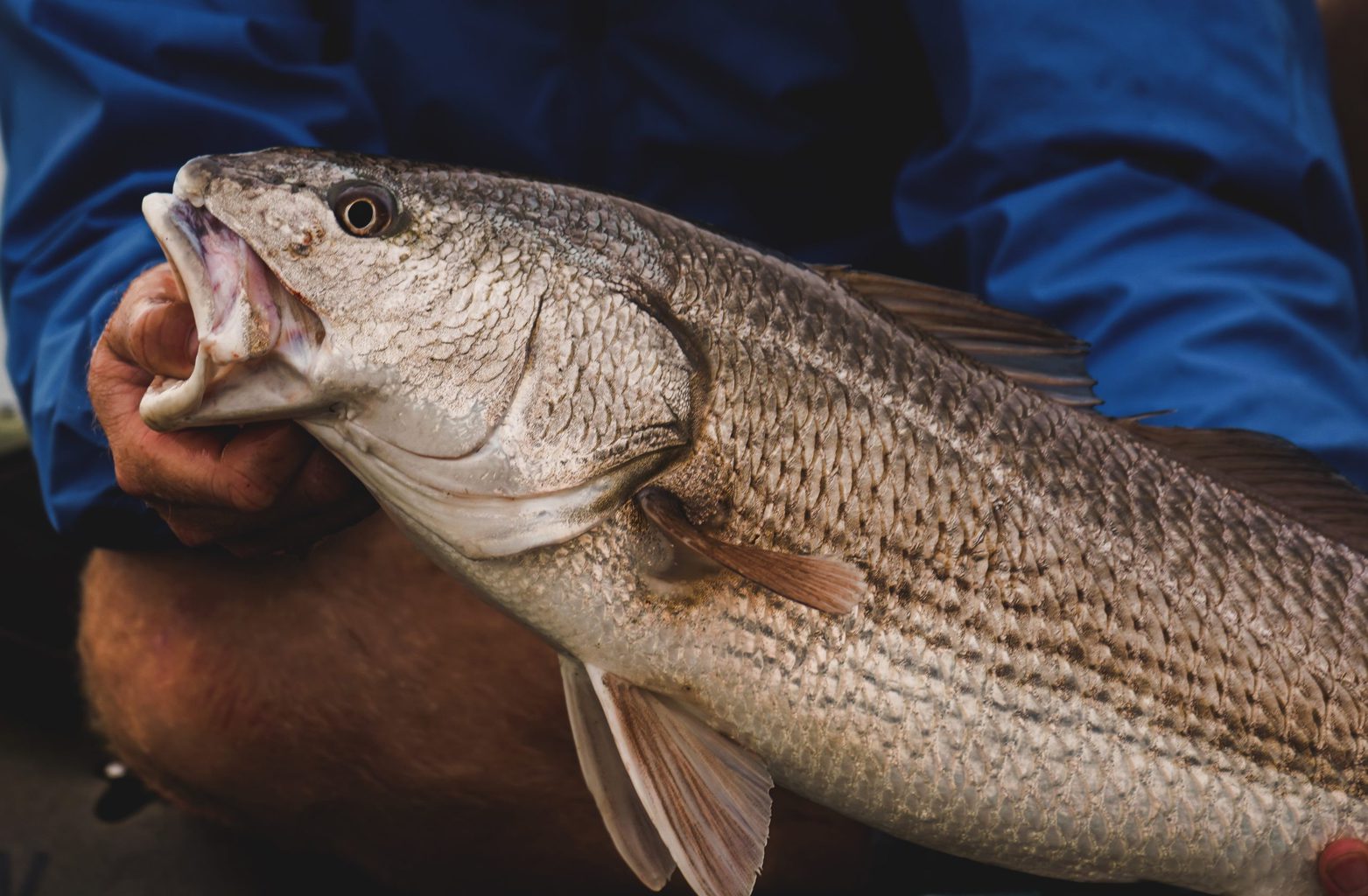

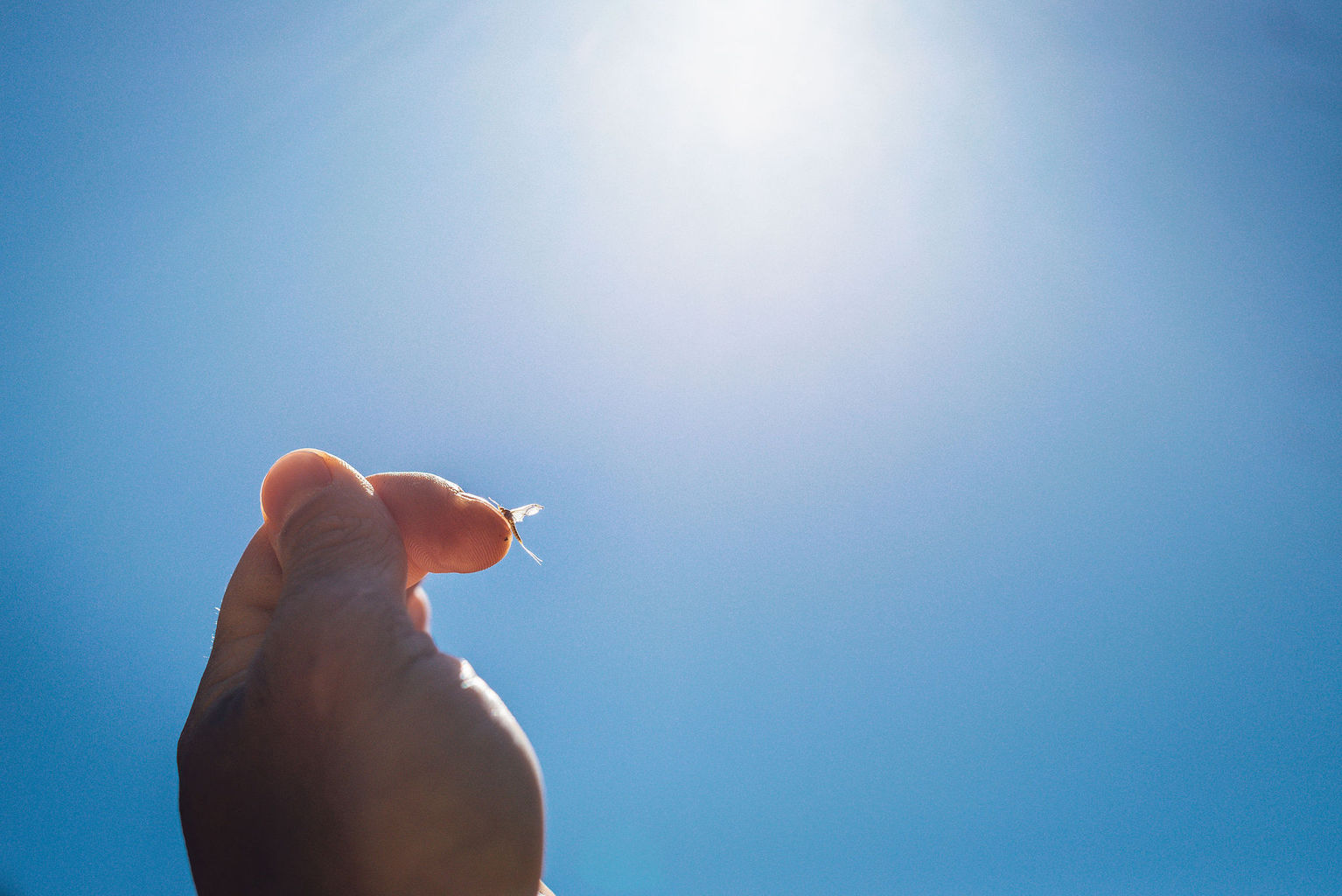
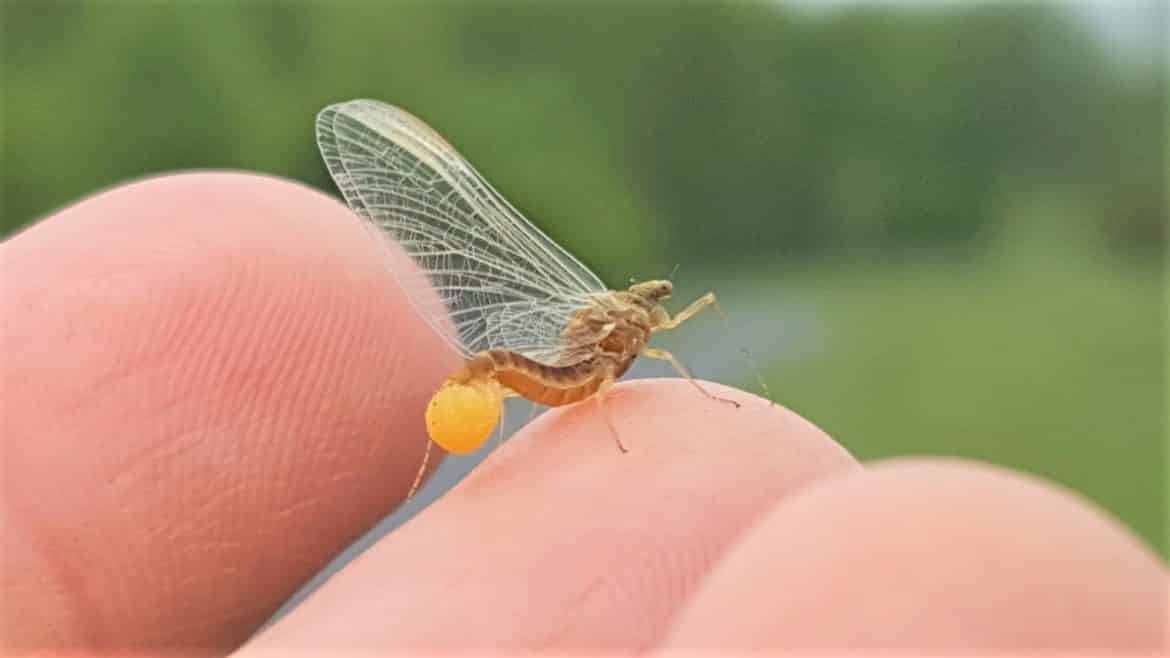


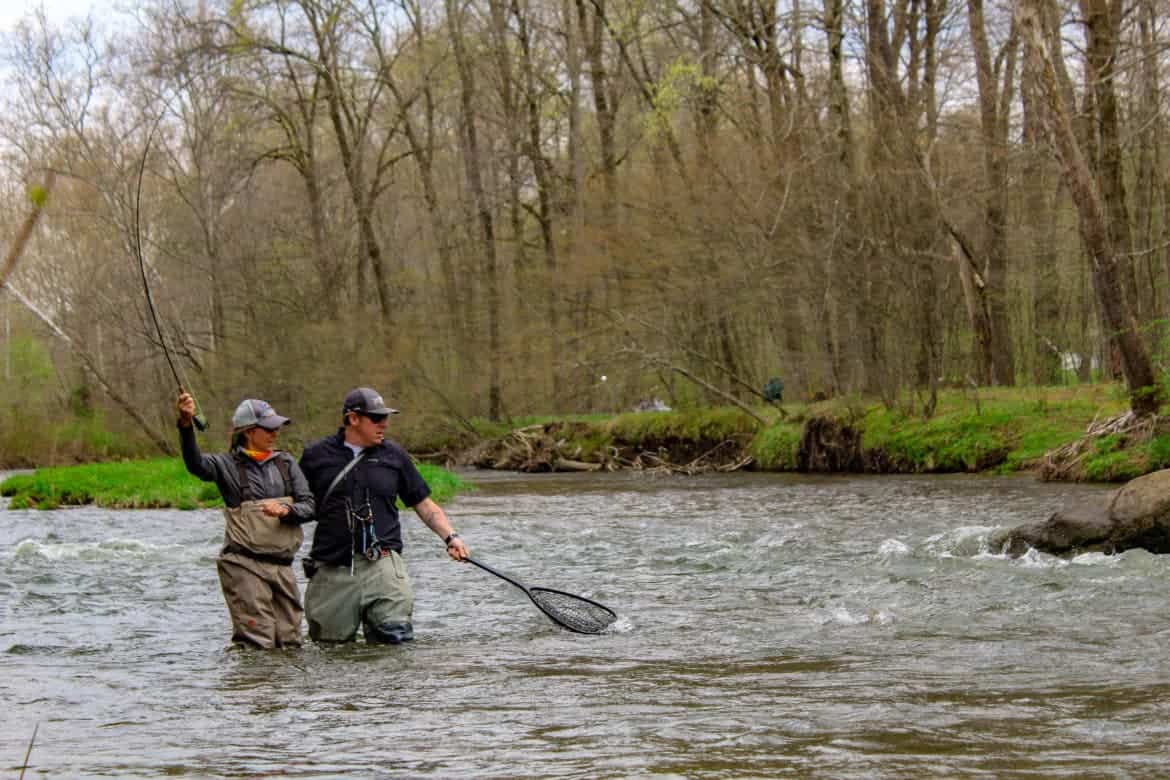
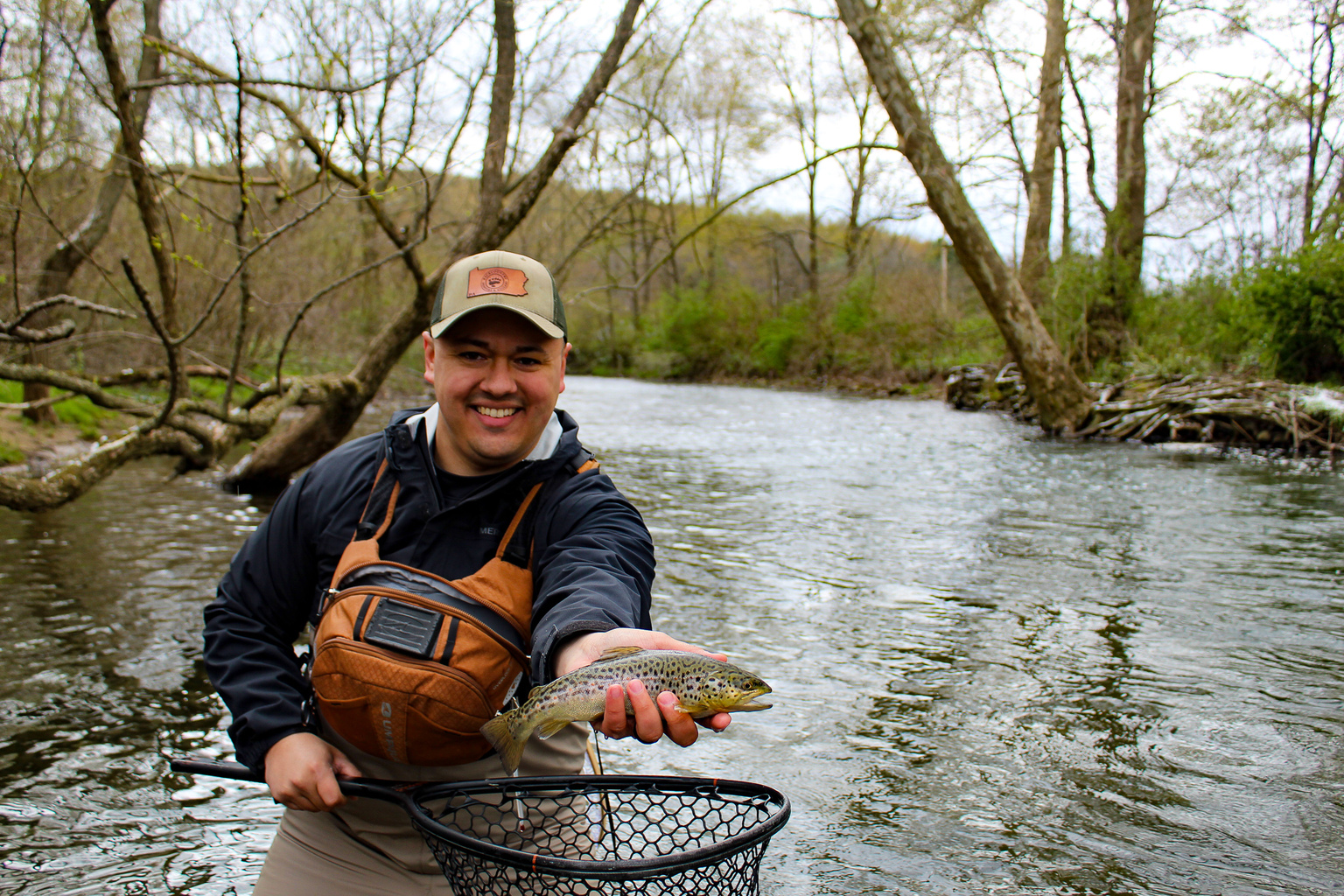


Comment (1)
[…] 57 Different Fly Patterns for Spring and What’s Hatching […]
Comments are closed.